Tetris is a game with foundations in randomness. Pieces are distributed randomly to players and they have to figure out the best spot for each piece. That randomness though has changed over the years as different versions of the game came out. Simon Laroche catalogued the significant changes to the Tetris randomizer.
On the very first Tetris game:
The first and original version of Tetris released had an unbiased randomizer. No opinion to which piece should come next, just pick one and give it to the player.
With an unbiased randomizer, there are situations where the player receives a sequence of the same piece (called floods) or a sequence omitting a certain piece (called a drought). We’ll see how the designers of Tetris games tried to solve these problems in a little bit.
While an unbiased randomizer offers the greatest pure puzzle challenge to players, it is unstable, and can actually result in an unbeatable sequence (PDF). This however can not happen in a real game, as computers don’t use true random number generators. Pseudo random number generators try to mimic real randomness, but don’t have the properties required to deal out 70,000 Z-pieces in a row.


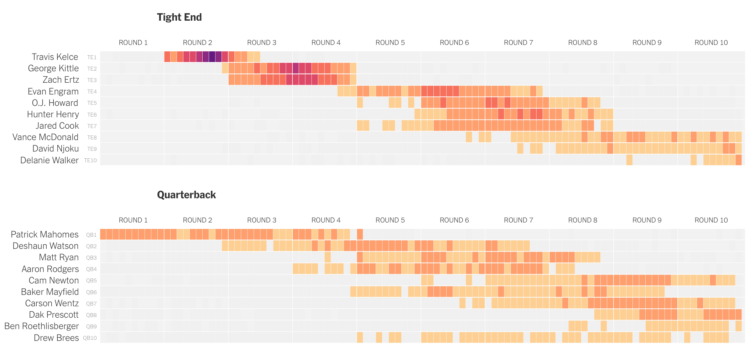
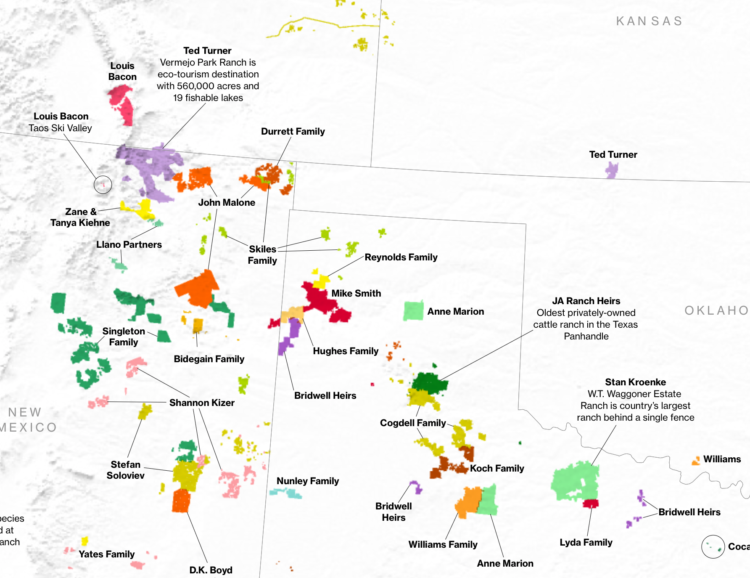

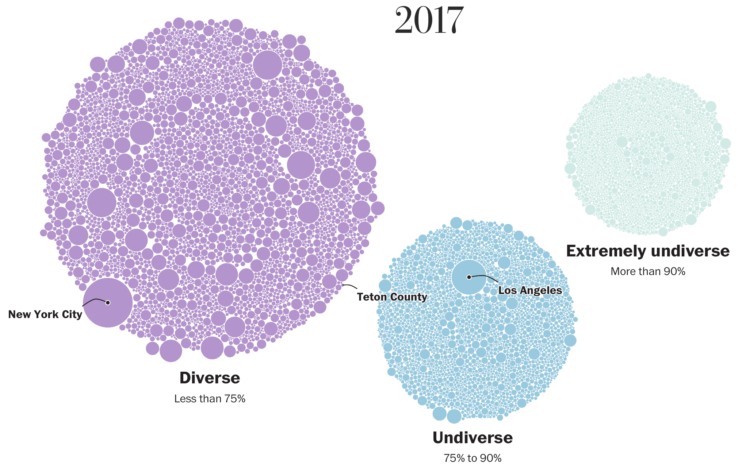


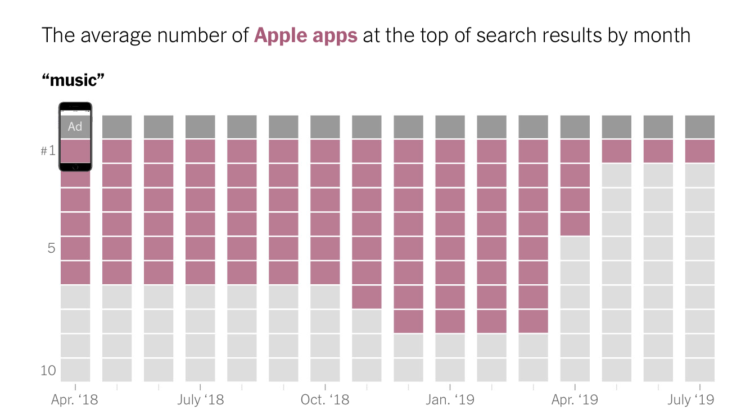


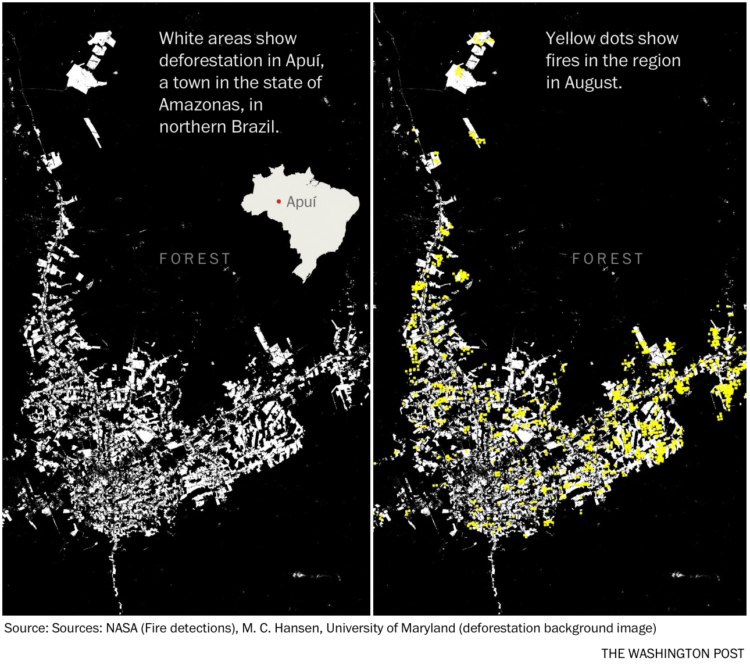


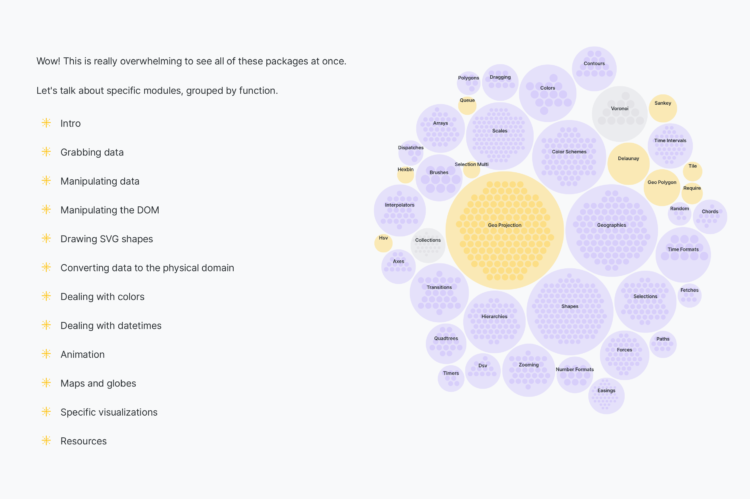
 Visualize This: The FlowingData Guide to Design, Visualization, and Statistics (2nd Edition)
Visualize This: The FlowingData Guide to Design, Visualization, and Statistics (2nd Edition)










